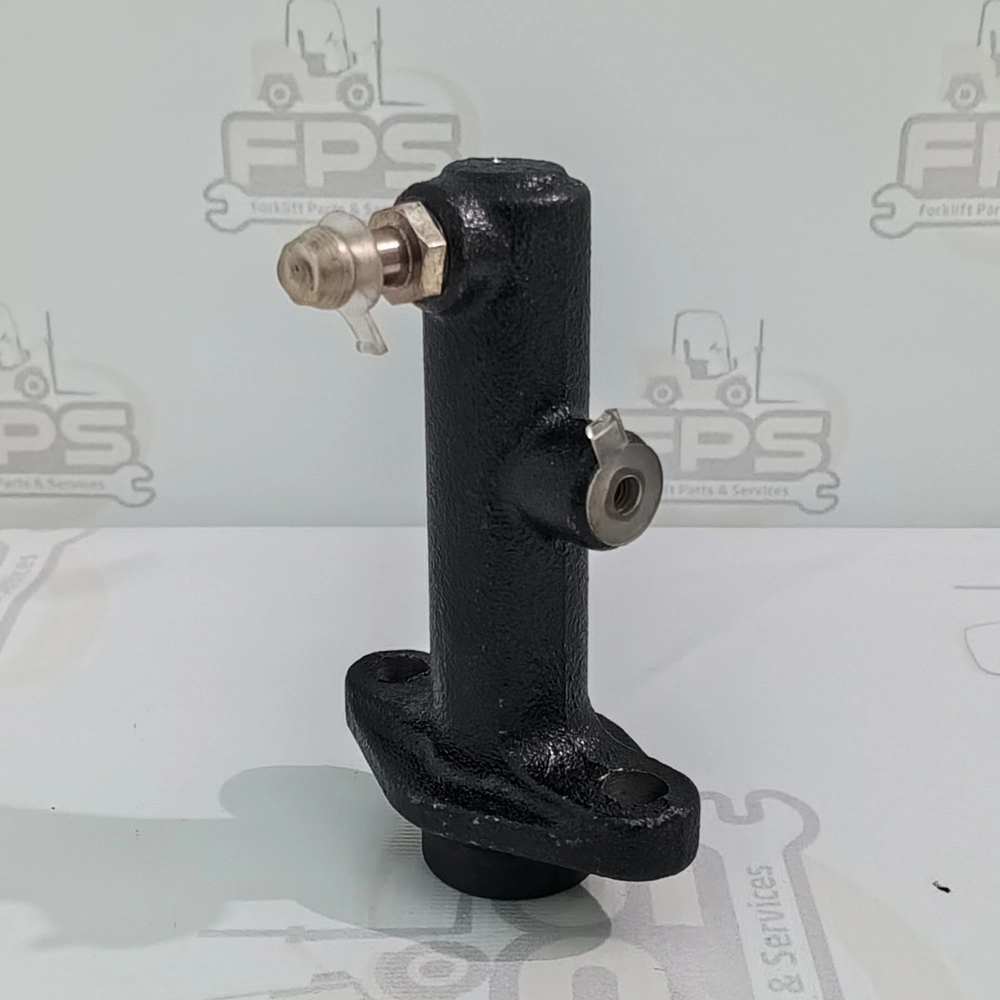Description
The Clutch Master Cylinder (CMC) in a forklift is a crucial component of the hydraulic clutch system, essential for the smooth operation of the vehicle’s transmission. Its primary function is to convert the force exerted by the driver on the clutch pedal into hydraulic pressure, which then engages or disengages the clutch mechanism.
Function and Operation
When the driver presses the clutch pedal, the Clutch Master Cylinder generates hydraulic pressure by forcing brake fluid from the reservoir into the hydraulic system. This pressure is transmitted through the hydraulic lines to the Clutch Slave Cylinder, which then operates the clutch fork or release bearing to engage or disengage the clutch. This allows the driver to shift gears smoothly without grinding, which is vital for efficient operation and maneuverability, especially in industrial settings.
Specifications and Maintenance
- Specifications:
- Material: Typically made from aluminum or cast iron for durability and resistance to high temperatures.
- Capacity: The reservoir of the Clutch Master Cylinder usually holds enough brake fluid to handle the needs of the hydraulic system, commonly around 0.5 to 1 liter.
- Pressure Rating: Designed to withstand the hydraulic pressure necessary for clutch operation, which can range from 800 to 1,500 psi, depending on the forklift model and manufacturer.
- Maintenance:
- Fluid Level: Regularly check and maintain the brake fluid level in the reservoir. Low fluid levels can lead to reduced performance and potential damage.
- Leak Inspection: Inspect for any signs of leakage around the Clutch Master Cylinder. Leaks can result in loss of hydraulic pressure and ineffective clutch operation.
- Bleeding the System: Air in the hydraulic system can cause spongy or unresponsive clutch pedal feel. Periodic bleeding of the system may be necessary to remove air and ensure proper operation.
Proper maintenance and timely replacement of the Clutch Master Cylinder are essential to ensure reliable performance and prevent operational issues with the forklift.
